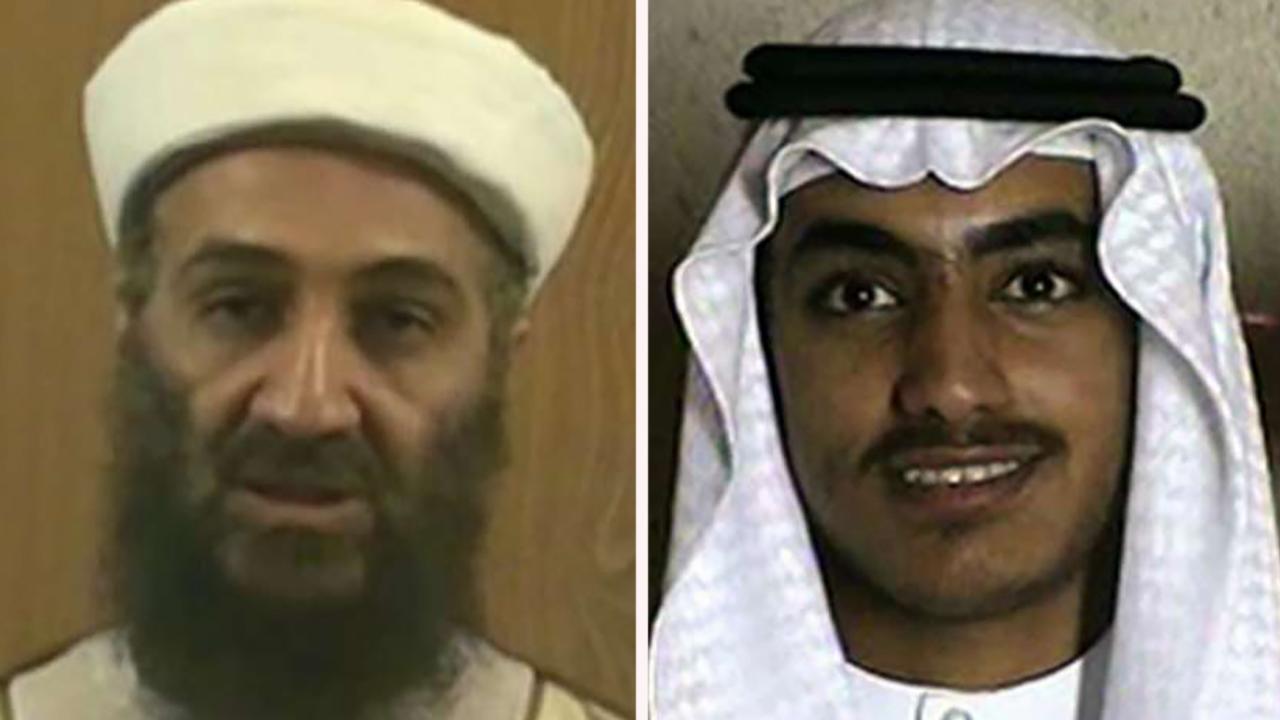Omar Mansoor’s killing a big blow to Pakistani Taliban

ISLAMABAD: (Asia Times): Khalifa Omar Mansoor, one of the most brutal militants responsible for a string of deadly attacks across Pakistan, was killed in a US drone strike on July 9. This is the first time the US has taken out a Pakistani Taliban commander in Afghanistan, suggesting a strategic shift in American policy and a new level of understanding between Washington and Islamabad. While Masoor’s death deprives Taliban of a master organizer of terror attacks, the incident can improve ties between the two countries strained after a US drone killed leader of Afghanistan Taliban Mullah Akhtar Mansour in May this year
Mansoor was viewed by Pakistani security agencies as a major threat for his skills in organizing a string of terrorist attacks. After he fled to Afghanistan following the launch of Operation Zarb-e-Azab (Operation Sharp Strike) by the Pakistani military in North Waziristan in 2014, he did not target Afghan or American forces. Instead, he was organizing terrorist operations in Pakistan. He was not considered as a threat to the United States until the State Department declared him a ‘global terrorist’ on May 25, 2016 — four days after a US drone killed the Afghan Taliban leader Mullah Akhtar Mansour in Quetta, the capital of the Baluchistan province. Mansoor, also known as Omar Naray in jihadi circles, was a close aide of the fugitive TTP ameer Mullah Fazlullah. He had pledged to attack Pakistani educational institutions describing them as “the basis of Pakistan’s evil, democratic system.”
Mansoor was held responsible for the September 2015 terrorist attack on a Pakistan Air Force (PAF) base in Peshawar’s Badaber area in which 29 people were killed. The US State Department notification on May 2, 2016 declared his Taliban group – Tariq Gedar Group (TGG) – as Specially Designated Global Terrorists. TGG is linked to TTP and was responsible for deadly fidayeen attacks on the Army Public School in Peshawar in December 2014 (that killed 144 people including 132 schoolchildren) and the Bacha Khan University in Charsadda in May 2015 (that killed 21 people, mostly students). The TGG was also held responsible for the 2010 kidnapping of a British journalist from North Waziristan and the 2008 abduction and beheading of Polish geologist Piotr Stanczak in the Attock district of Punjab.
The formal confirmation by the top US military commander in Afghanistan to the Pakistani Army Chief General Raheel Shareef about the killing of Mansoor has reinforced the view that the United States and Pakistan have reached a new level of understanding. A Reuters profile titled ‘Pakistan’s most hated man: volleyball player, child killer’ had described (on January 20, 2016) Omar Mansoor as a 37-year-old father of three and a volleyball enthusiast who was nicknamed “Slim”. A video posted on a Taliban website after the Army Public School attack showed a man with a chest-length beard, who sought to justify the December 2014 butchery of innocent schoolchildren. The caption identified him as Omar Mansoor Naray.
Investigations into the school massacre revealed that the attackers were communicating with Omar Mansoor across the border in Afghanistan while they were carrying out the butchery. Khalifa Mansoor threatened more revenge attacks if the military and the security agencies did not stop operations against the Taliban militants in the tribal belt. The unprecedented school attack had shocked the entire Pakistani nation where women and children are protected even in war. After being driven out of their sanctuaries in the tribal borderlands of the Waziristan region, most of the Pakistani Taliban commanders have found sanctuaries close to the border in Afghanistan, where they continue to train and send death squads to urban centers of Pakistan to sow mayhem.
The killing of Khalifa Mansoor has given relief to the Pakistani security establishment which was extremely worried over his group’s non-stop terrorist activities in Pakistan. Even though the TTP has not yet commented on the reports of Mansoor’s death, officials in the Pakistani security agencies are sure about his having been “droned.” They even claim that the followers of Mansoor have already selected Mufti Muhammad Iqbal aka Mufti Ghufran Ullah as the new commander of the TGG in place of Mansoor. Some in the Pakistani military circles view the killing of Mansoor as a milestone in the ongoing fight against militancy in the country. Even otherwise, they argue, both for operational and psychological reasons, the death of a terrorist who was determined to have wreaked havoc inside Pakistan is a victory for counter-terrorism.
Amir Mir is a senior Pakistani journalist known for his research work on Islamic militancy and terrorism in Pakistan. He has authored several books including “Talibanization of Pakistan: From 9/11 to 26/11,” “The Bhutto Murder Trail: From Waziristan to GHQ,” “The True Face of Jehadis” and “The Fluttering Flag of Jehad.”
(Copyright 2016 Asia Times Holdings Limited, a duly registered Hong Kong company. All rights reserved.)




